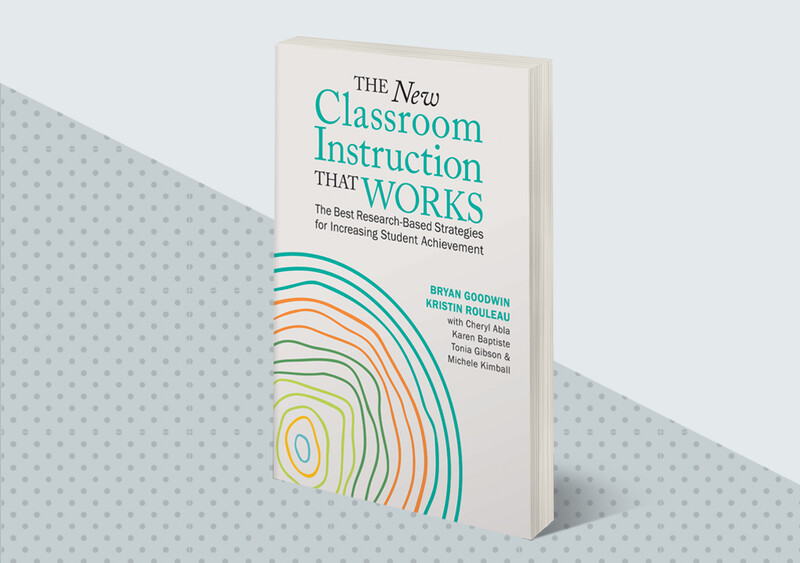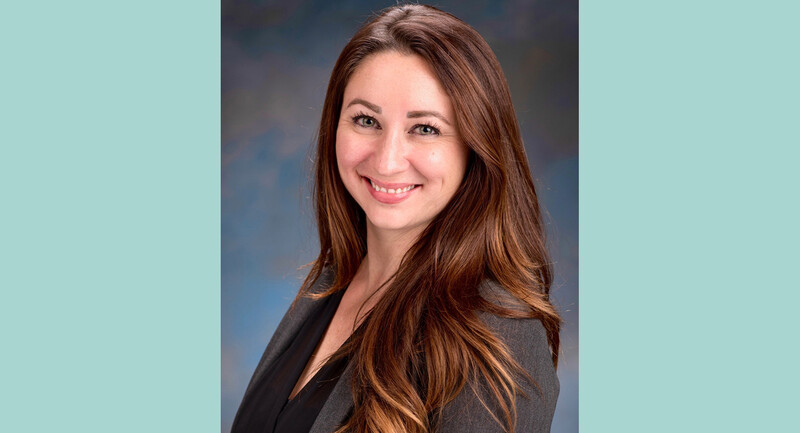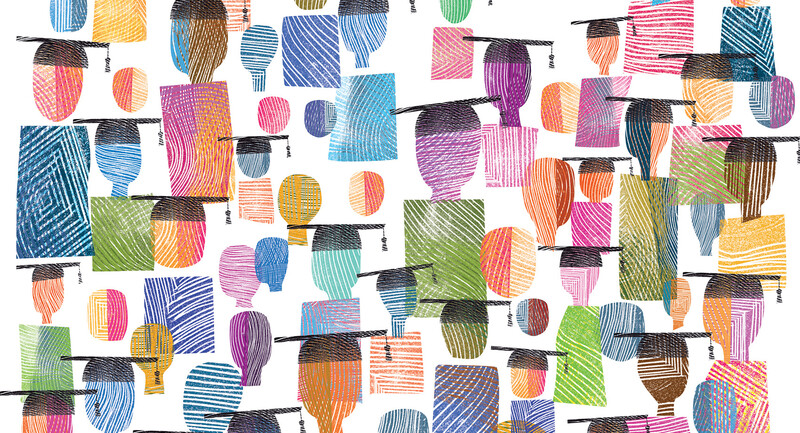A few months ago, my wife and I introduced our teenage daughter to The Breakfast Club, an iconic film of our adolescence that we hadn't seen in decades. As it turns out, the 1985 film has not aged well. After about 30 minutes, we turned it off, appalled by its smirking embrace of bullying, homophobia, illicit drug use, and sexual harassment.
Horrified, our daughter asked us, "Were things really that bad when you were in high school?"
"No," we said, flashing back to our high school days in the 1980s. "They were worse."
Recalling how administrators in my school turned a blind eye to such things as older students hazing younger ones, boys "rating" girls as they climbed the main stairwell of the school, and countless after-school fights made me realize that while schools today face a myriad of challenges, many things have gotten much better in the brief span of a generation.
In her new book Generations, psychologist Jean Twenge (2023) analyzes dozens of long-term trends that reveal just how much has changed in American life over the past few decades. Yes, some trends are worse, such as young people's declining mental health. Yet many things have gotten better—thanks in no small part to schools effecting positive social change.
Here are a few of these positive trends:
Today's students are significantly more inclusive toward others and committed to social justice.
Educators' emphasis on such things as character education and cultural awareness appear to have molded a more compassionate, culturally aware, and socially accepting generation of young people. For example, nearly two-thirds of Gen Zers say they're worried about the state of LGBTQ+ rights in the United States amid recent legislative attacks, and one-quarter are "extremely concerned" (Migdon, 2022). This generation is also highly aware of racial inequities: In a survey of nearly 40,000 Gen Zers, 88 percent said they believe Black Americans are treated differently, and nearly 90 percent expressed support for the Black Lives Matter movement (The Annie E. Casey Foundation, 2021).
Today's students are less likely to engage in risky behaviors.
Between 1993 and 2021, 9th graders reporting that they had tried alcohol dropped from 55 to 21 percent (Twenge, 2023). High schoolers' sexual activity has also declined, dropping from 80 percent of 12th graders in 1980 saying they had had sex to less than 50 percent saying the same in 2021. From the mid-1990s to today, the percentage of middle and high school students reporting they "get a kick out of doing dangerous things" has dropped from 52 to 38 percent.
Teen births have plummeted.
One of the most remarkable success stories of the past 40 years is the 77 percent drop in teens having children—from 61.8 births per 1,000 female teenagers in the 1970s to 14.4 births per 1,000 in 2021 (Wildsmith et al., 2022). Researchers attribute the dramatic decline to better education and access to contraceptives (albeit under fire through controversial policies in some states); they also note that fewer teens having children contributes to health and socioeconomic benefits, including increased educational attainment, higher lifetime earnings, better mental health, and decreased risk of living in poverty (McClay & Moore, 2022).
More high school students are taking college preparatory courses.
Data from College Board shows that the number of students taking a least one Advanced Placement course increased 57 percent between 2009 and 2019; and the percentage of students scoring high enough on the AP exam to earn college credit increased by 60 percent over the same period (Jacobson, 2019).
College enrollment and completion rates have increased significantly, especially for minorities and women.
An overlooked success story of the past generation is the expansion and diversification of college graduates. Gen Zers are less likely to drop out of high school and more likely to attend college than their predecessors (The Annie E. Casey Foundation, 2021). Notably, the proportion of Black students enrolled in college has more than doubled: In 1968, 15 percent of Black young adults were enrolled, compared to 38 percent in 2018 (Day, 2020). (It remains to be seen, however, whether the Supreme Court's recent decision to ban affirmative action programs at competitive universities will reverse some of these gains.) In other news, college completion rates are up. In the two decades preceding 2020, the overall percentage of U.S. 25–29-year-olds with college degrees rose from 30 to 44 percent of women and from 27 to 35 percent of men (Twenge, 2023).
A Slow Shift of Progress
The writer F. Scott Fitzgerald (1945) once famously observed that, "The test of a first-rate intelligence is the ability to hold two opposed ideas in mind at the same time and still retain the ability to function." Thus, the point in highlighting these positive trends is to hold these two truths in mind: Yes, we have problems and persistent achievement gaps that need our attention and solutions, but we are also making progress.
We ought to find some hope and encouragement in knowing that what we do as educators does make a difference.
We ought to find some hope and encouragement in knowing that what we do as educators does make a difference. Moreover, we might help today's students, who are more pessimistic than previous generations, see and appreciate generational progress. Sadly, as Twenge cites, more than 40 percent of today's high school seniors agree with the statement that "it's hard to have hope for the world" (versus 23 percent of high schoolers in 2002). An all-time high of 60 percent of 12th graders see external factors as having more influence on their life outcomes than their own efforts—a self-defeating mindset shown to depress educational attainment, life success, and mental health.
The hopeful reality—as I was reminded when reflecting on The Breakfast Club—is this: When we step back from our present problems and see progress in the long arc of history, we can draw some solace and reassurance in the fact that as a society, educators, and individuals, we have the power to make the world a better place.
The New Classroom Instruction That Works
An all-new third edition provides a rigorous research base for instructional strategies proven to promote meaningful learning.










